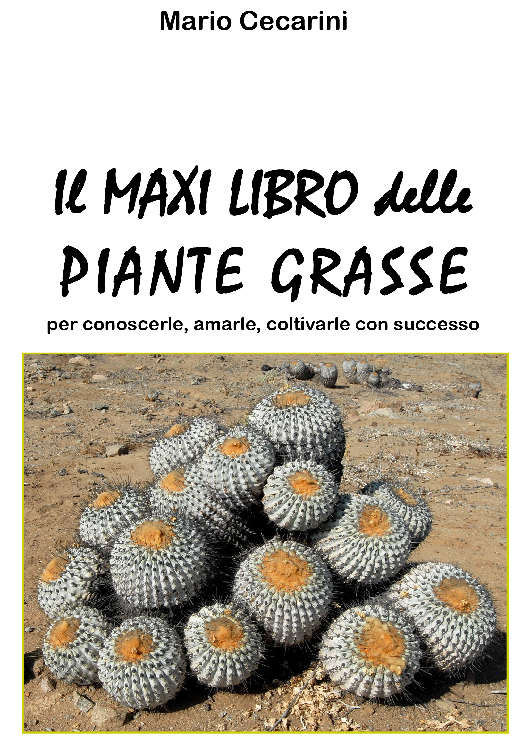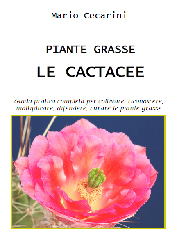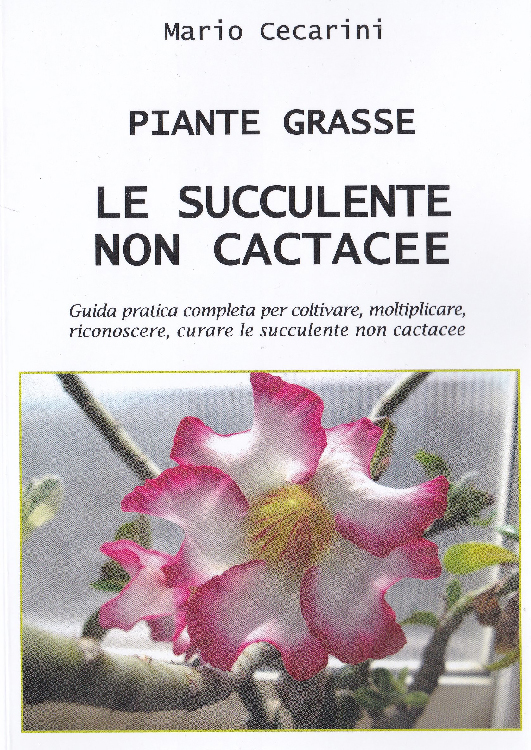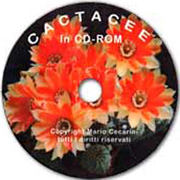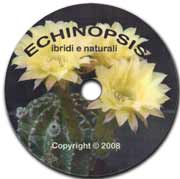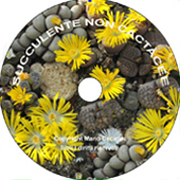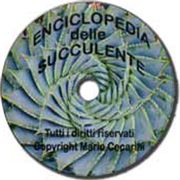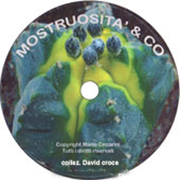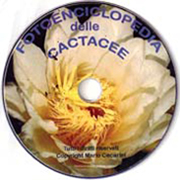Habitat: rainforests of Brazil.
Description: epiphytic, non-parasitic, short day plants having flattened, jointed stems that tend to bifurcate. The commercially available plants are, for the most part, hybrid species. The multiple flowers have protruding stamens. They were formerly classified first as Epiphyllum, then as Zygocactus.
Soil: fertile mix.
Location: suitable for a shady place with a certain amount of air humidity. Do not expose plants to artificial light once natural light is gone or they will not flower.
Temperature: minimum temperature 8-10°C (46-50°F). To encourage flowering, highs should not be brought above 18°C (64°F) from October until the emergence of flower buds.
Water: keep the soil moist while they’re growing and, during the rest period, apply water only to prevent them from dehydrating. Use non-calcareous water.
Cultivation tips: move the plants outdoors in the spring, when the growing period begins. They will bloom around Christmastime as long as day-length does not exceed 10-12 hours. Propagate from cuttings during the spring or summer. Rather demanding when it comes to soil, air humidity and temperature, they thrive in highly moist air and uniformly warm conditions. Feed from late summer to the beginning of Autumn. They will do best if grafted onto Pereskia, Opuntia or Cereus. Transplant after flowering only when plants are pot-bound. Do not move the pots when flower buds are being formed and allow them to rest when flowering is over. They are particularly suitable for hanging baskets.
Main species of Schlumbergera: Schlumbergera bridgesii, from late September to the beginning of December it needs complete darkness from sunset to dawn. It may be put into a box and kept in a cool, dry place. Apply fertilizer when flower buds have developed.
Schlumbergera truncata, same treatment as Schlumbergera bridgesii, but from late July so that it can flower at the end of October; Schlumbergera russelliana.




